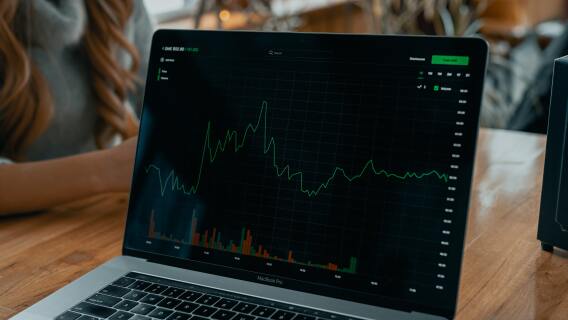How long do you have to own a stock to get the dividend? You might be surprised to find out this isn’t a trick question. Although there are a few tricks to figuring it out.
At the most basic level, you only need to own a stock by the ex-dividend date (or deadline) in order to get the dividend. And you can sell the stock a day or two after that, once everything settles. So in theory, you only need to own the stock for a couple of days to get the dividend.
But before you think this is an easy get-rich-quick idea in the works, well, it’s not. Let’s jump into the details.
[text_ad]
How long do you have to own a stock to get the dividend? That depends on whether or not you want to make money.
First, there are four definitions you should know before we dive into dividends. The most important is the ex-dividend date.
The ex-dividend date is the first day the stock trades without its dividend, thus ex-dividend. If you want to get the dividend payment, you need to own the stock by this day. That means you have to buy before the end of the day before the ex-dividend date to get the next dividend. In other words, it’s the cut-off date.
The record date is the day the company announces when a dividend will be paid to “shareholders of record as of” some date. Because it takes two days to reliably become a shareholder of record, the ex-dividend date falls two days before this day declared by the company.
Lastly, there is the payment date, which is when the company pays out the dividends to shareholders. So how long do you have to own a stock to get the dividend payout? Again, not long. You could buy a dividend stock the day before the ex-dividend date and sell it right after the record date and you would get the dividend.
Where do you find these dates? You can look on company websites or find it on your broker’s website. Or you can subscribe to our Cabot Dividend Investor newsletter where Chief Analyst Tom Hutchinson goes in-depth about his favorite dividend stocks and shares a dividend calendar with his readers.
The real question, though, is why wouldn’t you just load up on a stock with a nice dividend yield, get the dividend, then dump the stock? Seems like easy money, right? (Incidentally, this is known as a dividend capture strategy.)
It’s simple, really. Stock prices move up or down for a multitude of reasons. But one factor that pretty reliably moves a stock price down is the announcement of dividends. Why?
Think of it as a rebalancing. If the dividend payout is 10 cents per share, the stock price will probably drop about 10 cents a share. Of course, anything can happen in the stock market, so this isn’t a given, but it happens enough that most investors expect it.
The point is, there is no real gain to this strategy. And if the stock drops by more than the dividend payout, you could potentially lose money.
What’s the point of dividends, anyway?
This all brings us to another question though. Why would anyone buy or own a stock if they know the share price is going to decline? The appeal of dividend stocks is, of course, the dividend. The company gives you money just for owning the stock. That’s not a bad deal!
Beyond that, however, is the fact that dividend stocks, for the most part, are generally reliable. In some cases, the share prices don’t move much in either direction but the dividends keep rising. For some investors, that steady money in the bank is reason enough to hold onto the stock.
Other companies, like Starbucks (SBUX), which has gone up 40% in the last 10 years, have seen share prices rise while the dividends have gone up with them. In this case, you get a nice combo of increasing share prices and increasing dividends.
We’d be delinquent, however, if we didn’t point out that not every dividend stock increases in share price or even holds steady. Macy’s (M) is an unfortunate example here. Their share price has dropped by about 80% in the last 10 years, and the company suspended dividends entirely in March 2020 before resuming them in September of 2021 at half the rate they’d previously paid.
Walgreens is another name that jumps to mind, as the company was able to remain one of the highest-paying dividend stocks for years while rumors of impending cuts swirled. But over the course of the last decade, shares lost more than 80% of their value, the company suspended its dividend entirely, and it was ultimately taken private earlier this year.
Even dividend stocks aren’t something you can buy and ignore. It’s always a good idea to keep an eye on your investments. But if you want stocks that can provide income, whether or not share prices increase, dividend stocks are the way to go. Just watch out for those occasional duds.
So how long do you have to own a stock to get the dividend? As long as you want!
To find out what dividend stocks we’re recommending today, you can subscribe to our Cabot Dividend Investor advisory by clicking here.
[author_ad]
*This post is periodically updated to reflect market conditions.
